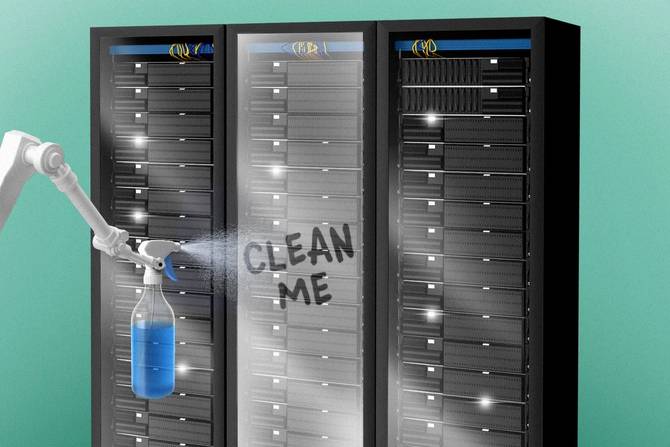Hearing the word “complexity” makes sense at Black Hat—an event with high-level presentations, like “Browser-powered desync attacks” and “Automatic protocol reverse engineering.” In comparison, the agenda’s morning coffee break feels shocking in its simplicity.
Plenty of Black Hat 2022 speakers spoke about the challenge of defending an increasingly complicated attack surface that includes critical infrastructure and a growing quantity of smart devices and software. The complexity issue became an ongoing question at the conference, met with a range of optimism, pessimism, and uncertainty from some Las Vegas panelists.
Not what you want to hear. “We have a pathological need to connect things to the internet, seemingly,” former CISA director Chris Krebs said in his Day 1 keynote at Black Hat.
Krebs used some of his stage time to quote the book Neuromancer, the sci-fi novel that coined the term “cyberspace” and described it with an ahead-of-its-time characterization—one that seems to sync up with today’s increasingly connected cars, homes, and wearables. “Unthinkable complexity,” wrote William Gibson, the book’s author, in 1984.
“We’re there right now,” according to Krebs. “I’ve asked people, ‘Do you really understand how the cloud works across the various hyperscale vendors? And how you interact with it? And what visibility you have?’ The answers aren’t always what you want to hear,” he told the crowd.
Despite the occasional, less-than-satisfactory response about cloud comprehension, Krebs admitted that the maturing industry is working to produce products and solve core problems in the infrastructure. “But is it happening at the pace we want it to? That we need it to?” he asked the room.
Read the rest here.—BH
Do you work in IT or have information about your IT department you want to share? Email [email protected] or DM @BillyHurls on Twitter.






